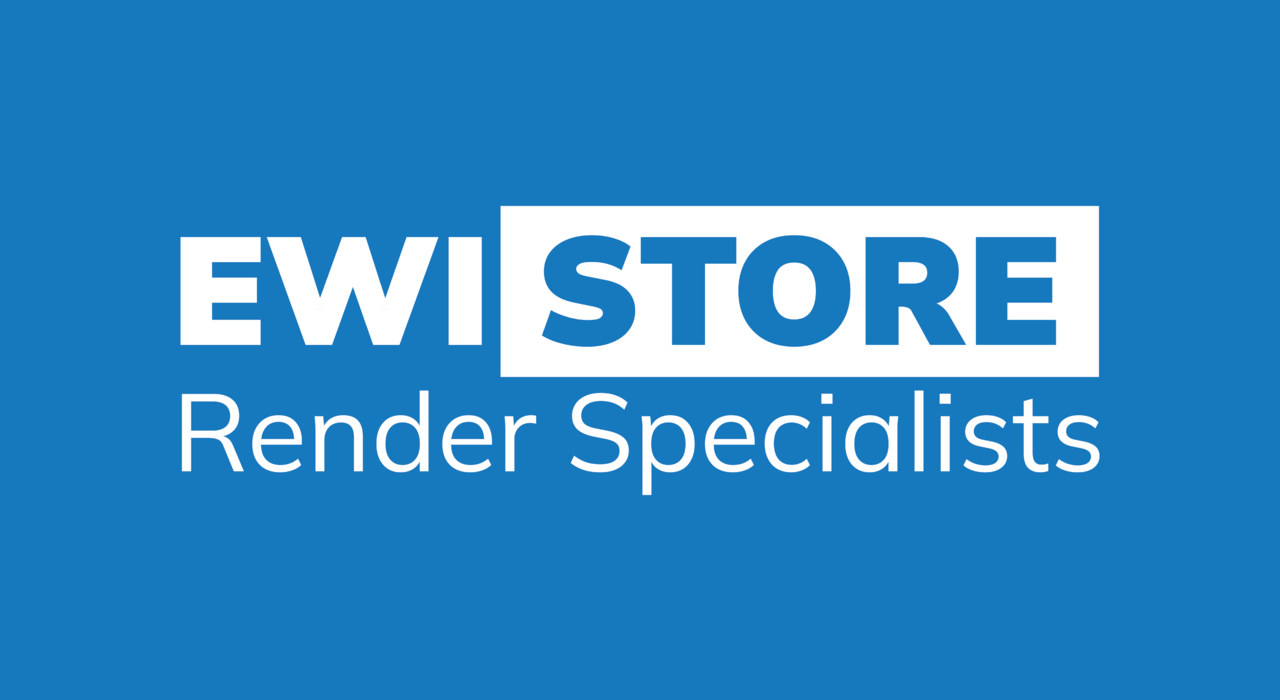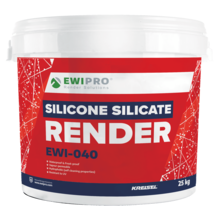
Thermal cladding for houses is essentially just another way of saying external wall insulation. Lots of homeowners are on the hunt for materials that can help them to improve the thermal comfort and performance of their homes - insulation that can effectively reduce annual energy bills so that the ongoing struggle of cold home vs. high bills is reduced. At EWI Store, we’re all about helping homeowners achieve this goal. We not only provide the thermal cladding systems that will reduce energy bills, but we can also recommend an approved installer to carry out the work. External wall insulation (or thermal cladding) is made up of insulation boards that are fixed to the exterior walls of your home using mechanical fixings and a special adhesive. A layer of the render is then applied on top of the boards to provide a decorative finish and protect the system against the weather.
Thermal Cladding: What are the benefits?
Thermal cladding systems such as the ones that we offer can provide your home with numerous benefits:- Improved thermal comfort
- Decreased energy bills
- Improved external appearance
- Warmer walls - less condensation and damp
- Prolonged building lifespan
- Save floor space
- Reduced carbon footprint
- Acoustic insulation and fire resistant (Mineral Wool systems)
Insulation Materials for Thermal Cladding
We stock five types of insulation for thermal cladding systems, all of which offer different benefits and have different thermal capabilities. Your choice of insulation can depend on a number of factors, whether it’s a breathable insulation material or insulation with high compressive strength. We offer the following types of insulation board:- Wood Fibre Insulation
- XPS Insulation
- Mineral Wool Insulation
- EPS Insulation
- Kingspan K5 Insulation
How is Thermal Cladding Installed?
The actual process of installation should really only take 2-3 weeks depending upon the weather, with minimal disruptions to daily life (the work is all external so you can carry on as normal). The adhesive is essentially a cementitious product, so it comes as a powder and its mixed with water before being applied to the back of the insulation boards with a trowel.The boards are secured to the external wall in a staggered formation, left to dry, then the mechanical fixings are inserted.On top of the insulation boards goes the basecoat. The adhesive used to secure the boards to the wall usually works as a dual-purpose product, so this can also be used to form the basecoat reinforcement layer. It’s applied with a trowel to the boards (roughly 6-8mm thick) and a Fibreglass Mesh is embedded within it for extra tensile strength and crack resistance.Last but not least, the decorative render is applied. This is usually a thin coat, ready-mixed render which provides a decorative finish and protects the insulation system by ensuring it is waterproof. We use EWI Pro thin coat renders, which can be tinted to create any shade of colour, so the result is an attractive finish and a high-performance insulation system. EWI Pro offers four different thin coat renders:
[contact-form-7 id="10930" title="Installer Request Form Blog"]


